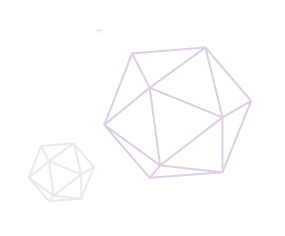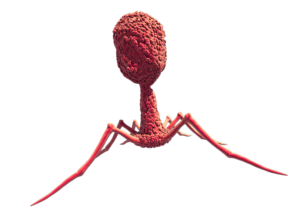TECHNOLOGY
Phage Therapy

Precision Medicine for Superbugs: Unlocking the Potential of Phage Therapy
Phage therapy, in a nutshell
Antimicrobial resistance is a critical global health challenge, with the World Health Organization (WHO) ranking it among the top ten global threats to public health. AMR, often called the “silent pandemic,” is responsible for approximately 1.3 million deaths annually, with projections of up to 10 million deaths per year by 2050. In Europe alone, 250,000 patients currently suffer from complex, difficult-to-treat infections, leading to over 35,000 deaths annually.
As bacterial resistance to antibiotics grows exponentially and new antibiotic discovery declines, bacteriophages—natural “bacterial predators”—have emerged as a highly promising alternative for tackling this crisis.
How Phage Therapy Works
Phage therapy relies on natural viruses that specifically target pathogenic bacteria without harming the host or beneficial bacteria. Unlike broad-spectrum antibiotics, phages act as precision “snipers,” attacking specific bacterial strains.
Phages attach to bacterial cells, inject their genetic material, and hijack the bacterial reproductive cycle to create more phages. These new phages burst the infected bacteria (lysis), spreading to infect other bacteria in a chain reaction. This targeted approach not only clears infections but also allows the immune system to regain control.
A Precision Tool: The Automatic Phagogram
Given the specificity of phages, it is essential to match the right phage(s) to the targeted bacterial strain. Conventional methods for this process are labor-intensive, slow, and difficult to interpret.
Vésale Bioscience has developed the automatic phagogram, a cutting-edge diagnostic tool that identifies the most effective phage(s) for an infection in just a few hours, compared to up to a week with traditional methods. Integrated with our Phagogram, the system selects optimal phage or phage combinations based on the patient’s clinical isolate and infection profile, ensuring a tailored treatment approach.
Advantages of Phage Therapy
Phages offer several significant advantages over antibiotics:
• Specificity: They target only the harmful bacteria without affecting beneficial ones, such as the intestinal microbiota.
• Safety: With a high therapeutic index, phages pose minimal risk of side effects, even at higher doses.
• Biofilm Penetration: Phages can penetrate biofilms—dense bacterial colonies resistant to antibiotics.
• Complementary Action: In combination with antibiotics, phages enhance efficacy, even against resistant bacteria.
A Holistic Approach
Recent research confirms that combining phage therapy with antibiotics can amplify treatment outcomes. This synergy forms the foundation of Inteliphage’s holistic phage-antibiotic therapy, detailed in the Holistic Infection Treatment section. This innovative strategy is proving to be an effective weapon against AMR and difficult-to-treat infections, offering hope where traditional treatments fall short.
By redefining the future of personalized medicine, phage therapy is bridging the gap in the fight against antimicrobial resistance, bringing us closer to a sustainable solution for superbugs.

More advantageous than antibiotics
Current research on the use of phages and their lytic proteins, in particular against multidrug-resistant bacterial infections, suggests that phage therapy has the potential to be used as either an alternative or as a complement to antibiotic treatments. Phages are considered more advantageous than antibiotics for different factors:
- Their specificity, only attack the targeted bacteria strain(s)
- Their safety for the host organism but also for other beneficial bacteria such as the intestinal microbiota, thus reducing the risk of opportunistic infections.
- Their ability to enter biofilm.
Interestingly, recent data have shown that personalized phage therapy is working even better in combination with antibiotics (even those not working alone on resistant bacteria). This is the base of the Inteliphage biotech holistic approach detailed in the ‘Holistic infection treatment‘ section